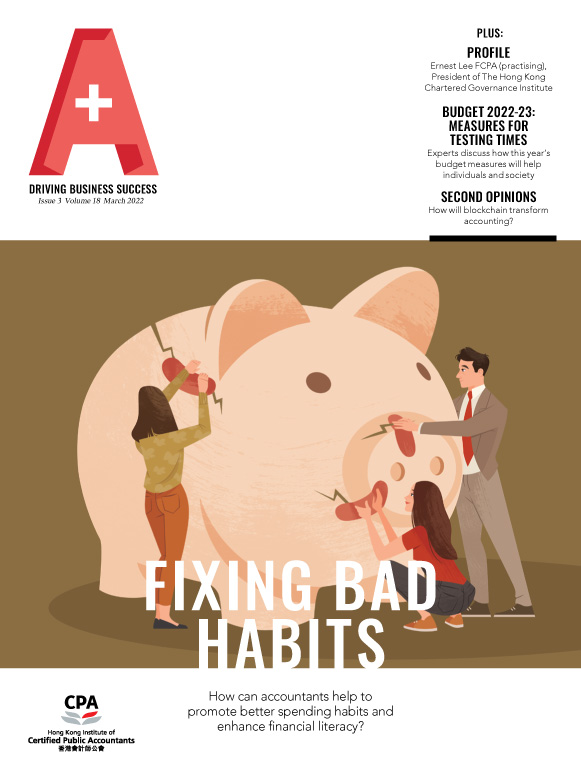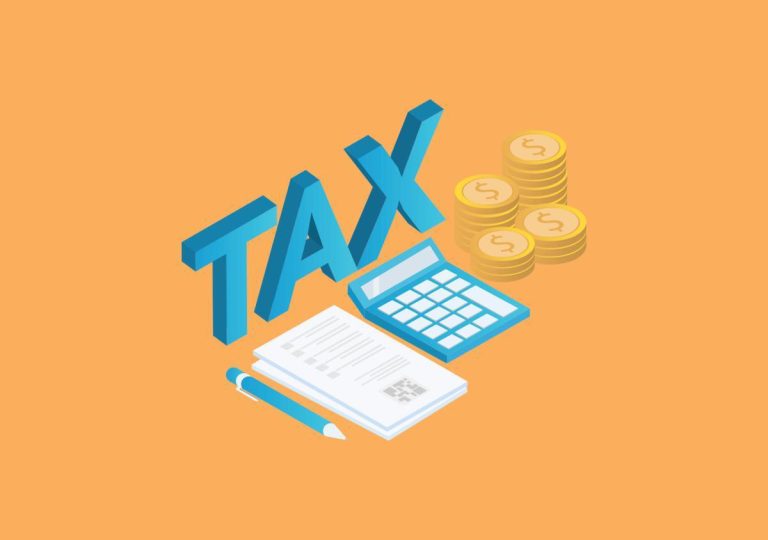In November 2021, the International Accounting Standards Board (IASB) published an exposure draft (ED) to propose amendments to IAS 1 in response to the concerns raised by its stakeholders about the outcomes and potential consequences of Classification of Liabilities as Current or Non-current (2020 amendments) and the related IFRS Interpretations Committee Tentative Agenda Decision.
The proposals specify that conditions with which an entity must comply within 12 months after the reporting period do not affect the classification of a liability as current or non-current. Instead, entities would separately present and disclose information related to these non-current liabilities subject to conditions. In addition, the proposals would also defer the effective date of the 2020 amendments.
The Institute’s Standard Setting Department responded to this ED this month. This article summarizes our major comments on the ED. The Institute’s submission is available on our website.
Overall, we support the IASB’s effort to address the concerns raised by stakeholders. Having said that, we consider that the principle introduced in the ED for the classification of liabilities that are subject to specified conditions within 12 months after the reporting period is not clear and has inadvertently created issues with the introduction of paragraphs 72B and 72C of the ED.
The notion of “unaffected by the entity’s future actions”
We have significant concerns over the notion of “unaffected by the entity’s future actions” as currently drafted in paragraph 72C(b). We consider that the ED is not yet clear as to how an entity assesses the nature and extent of its “ability to affect.” Given that this is a new concept and the ED provides limited application guidance, this may lead to a risk of wide interpretation.
In addition, questions were raised as to whether common covenants, e.g. change of control and successful initial public offerings are considered to be “conditions” or events “unaffected by the entity’s future actions,” and whether paragraph 72B or 72C(b) should be applied in those cases. We also note that paragraphs 72B and 72C are not necessarily mutually exclusive and this is problematic as they would lead to different classification outcomes on the same facts and circumstances.
In light of the above, we strongly recommend that the IASB:
- test the proposals with real-life examples and assess whether the resulting outcomes are in line with the IASB’s intention and achieve the ED’s objectives;
- clarify the interaction between paragraphs 72B and 72C; and
- clarify the notion of “unaffected by the entity’s future actions” and the term “conditions” using illustrative examples.
Classification of financial guarantee contracts and insurance contract liabilities
We disagree with the examples of financial guarantee contracts and insurance contract liabilities stated in paragraph 72C(b) as this would imply that all these instruments must be classified as current liabilities applying the proposal. We consider that classifying the entire insurance contract liabilities as current liabilities does not reflect the business substance of the insurance contracts, is inconsistent with the requirements in International Financial Reporting Standard (IFRS) 17 Insurance Contracts, and does not provide relevant information to users of financial statements. We also do not consider that all financial guarantee contracts should be classified as current liabilities in all circumstances.
Accordingly, we recommend the IASB consider seeking feedback from the insurance industry regarding the classification of insurance contract liabilities and the interaction between the proposal and IFRS 17, and reconsider whether classifying all financial guarantee contracts and insurance contract liabilities as current liabilities is appropriate.
Separate presentation requirement
We suggest the IASB remove the proposed separate presentation requirement in paragraph 76ZA(a) because such a requirement seems to contradict the principle-based nature of IFRSs. We consider the disaggregation requirements in paragraph 55 of IAS 1 already set out the principles for presenting additional line items in the statement of financial position when it is relevant to an understanding of an entity’s financial position. We believe that identifying non-current liabilities subject to specified conditions through disclosures in the notes to the financial statements would be sufficient for users to identify and assess the risk of those liabilities.
Disclosure requirements
We do not support the proposed disclosure regarding future compliance with covenants. We consider that the costs of preparing such disclosure may outweigh its benefits to the users of financial statements, that it requires disclosure of an entity’s future behaviour, which is arguably beyond the remit of a standard setter and that it may potentially trigger legal obligation if the final outcome is different from that disclosed in the financial statements.
Hence, we recommend the IASB replace such disclosure with key factors that may affect the ability of an entity in complying with the conditions after the reporting date. We consider that the suggested disclosures would be objective and provide more useful information for users of financial statements to make their own decisions.
This article was contributed by Joni Kan CPA and Katherine Leung CPA, Associate Directors of the Institute’s Standard Setting Department. Visit our “What’s new” webpage for our latest publications, and follow us on LinkedIn for upcoming activities.













